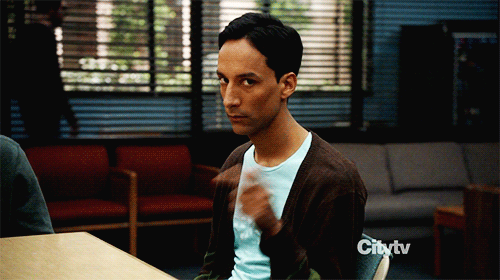Adrian brought up James Benning in class on Thursday. This switched the reminder button back on which beamed the title “LANDSCAPE SUICIDE” in big neon lights intermittently, kinda like a combination of the genesis of Dirk Diggler in Boogie Nights and the blinking ‘SILENZIO’ sign in Berberian Sound Studio, but in a less sensationalised, less wow!-producing motion. So, in reality it only popped up for a second and I had since forgotten about it.
I woke up late this morning, feeling lethargic and with a resounding sigh at having to write this essay (that my brain keeps sparking off randomly about with great thoughts that soon get forgotten — PSA: get that little notebook you were talking about in that other blog post). I felt like watching something. And then the neon lights flickered for a second and I found my answer.
Landscape Suicide, directed by James Benning in 1987. My friend had given me and another friend an .avi file a couple of years and of the group of the three of us — one welcomed it with open arms while the other’s attempts to decipher it were fruitless — I was the only one who hadn’t seen it yet. And thankfully so. I feel like right now was the perfect time for me to have watched it. The version of me before I started this studio would definitely have taken up arms with my friend who drew nothing out of the film.
Benning has been described as “a quiet, unassuming investigator of filmic ontology” (shoutout Senses of Cinema). In Landscape Suicide, his camera sits static. He lets the frame unfold by itself — watching, waiting — but interrupts the scene with blackouts, not even second long cuts to black. At first, it’s disorientating in its aggression but once you find the rhythm inherent in the cuts it makes the experience all the more engaging. A reviewer on Letterboxd links this effect to the human act of blinking, where doing so causes you to “lose an almost indivisible amount of time” — “blink and you’ll miss it”, they say. As the film unfolds as an ‘investigation’ of sorts, this effect is at its most vital during the interview scenes — reenacted with sheer brilliance by Rhonda Bell and Elion Sucher, who portray small-town high-school killer Bernadette Protti, and infamous murderer Ed Gein, respectively — where the importance of collecting and literally seeing the truth is essential.
Benning’s images bear resemblance to Bogost’s reading of Stephen Shore’s ontographical photograph. Indeed, ‘the Shore ontograph takes things already gathered and explodes them into their tiny, separate, but contiguous universes’ and through Benning’s recording of rural America, his static frame seeks to emulate this and explode the relations of Americana, to uncover the truth in the mundane. His documenting is unbiased (he gives equal time to small time high school killer as he does body snatcher Ed Geins) as he plays out both halves of the film in the most parallel of fashions. The result is truly mesmerising. It’s more dense than I can describe in a couple hundred words.
So, the answer to all this is to accidentally turn your alarm off, sleep in until 11am and hope that you wake up and remember about that movie that your friend put on your hard drive that one time, and it might help you collect your thoughts on philosophy and ultimately help you write an essay.
From now on, I’ll be sure to replace the batteries in the neon lights in my head so that these ideas don’t blow out in the future.










